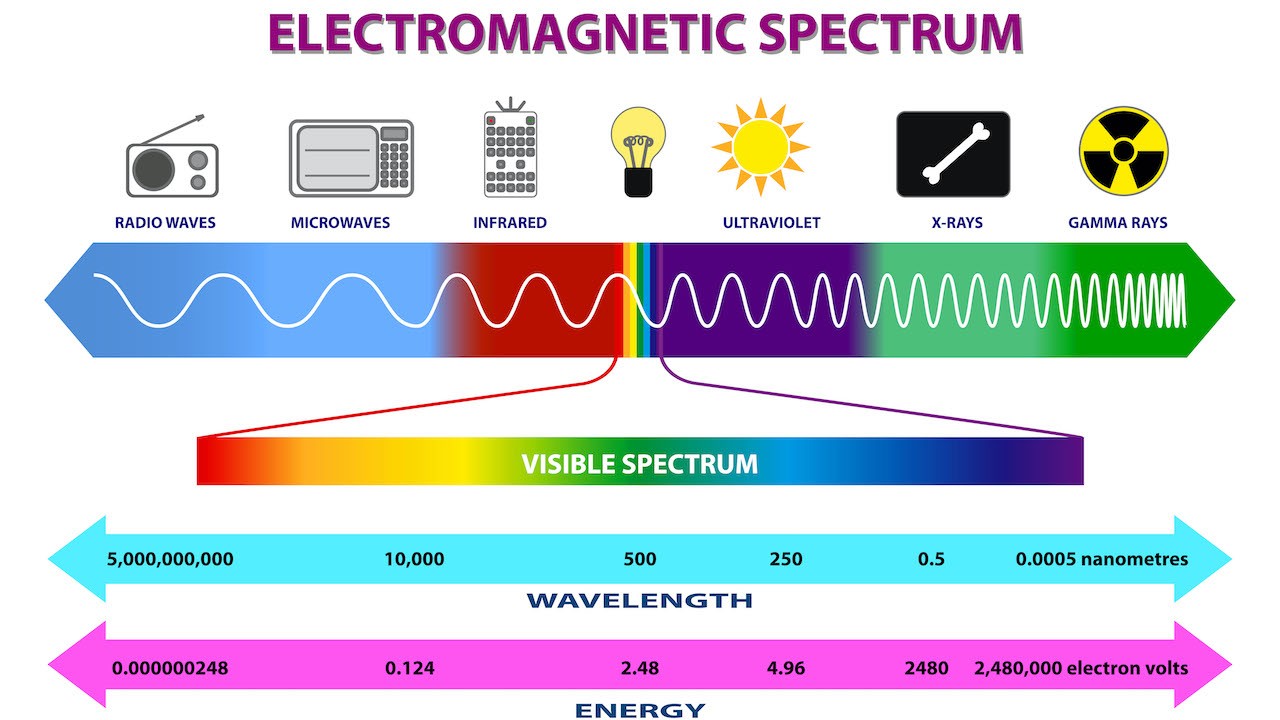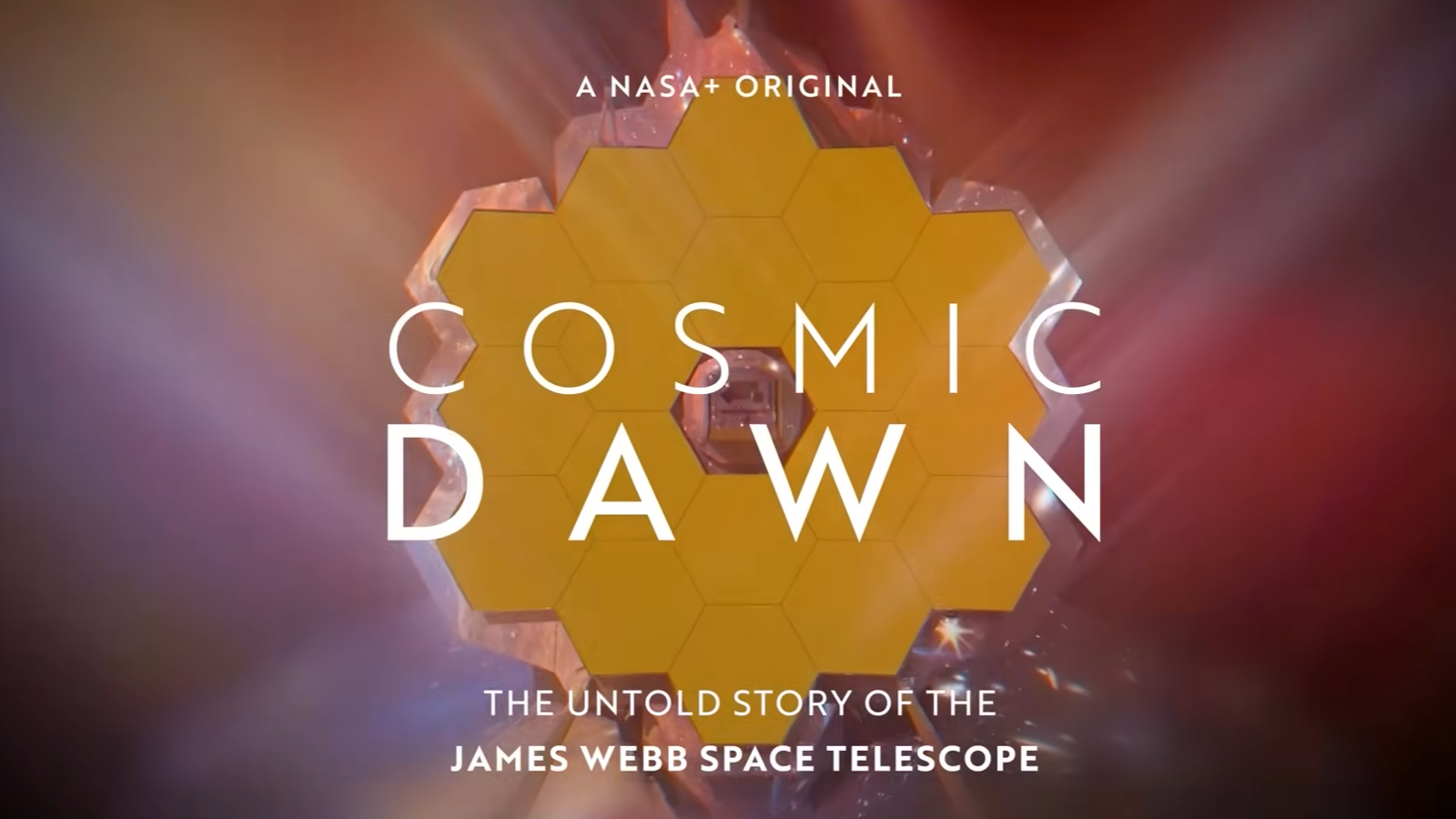What is the electromagnetic spectrum?
Why the electromagnetic spectrum is so interesting and useful for scientists and everyday life.

The electromagnetic spectrum, or EM spectrum, is the name given to the collection of all electromagnetic radiation in the universe. This is a type of energy that pervades the cosmos in the form of electric and magnetic waves, allowing for the transfer of energy and information.
Discovered more than a century ago, the electromagnetic spectrum is the basis on which our universe operates. Without it we wouldn’t be able to see, stars wouldn’t shine, and life would not exist. It is one of the most important principles that governs everything around us.
It is also an invaluable tool, used by astronomers to probe the deepest reaches of the cosmos far beyond what our eyes alone can witness. The information carried on the electromagnetic spectrum provides almost all of our knowledge of how everything as we know it works.
What is the electromagnetic spectrum?
The EM spectrum is a range of frequencies that corresponds to all different forms of electromagnetic radiation in the universe. It begins at the highest frequencies, where the waves are most stretched out (low frequency) to very tightly packed waves (high frequency).
These frequencies correspond to different levels of radiation, which is the transmission of energy through the universe in the form of waves and particles. Lower frequency radiation has much longer wavelengths, meaning the distance between the waves of radiation is long, up to many kilometers. At the other end, higher frequency radiation has very short wavelengths, trillionths of a meter long.
The type of radiation emitted by an object depends on its temperature. Things that are colder emit radiation at lower frequencies and thus longer wavelengths. Conversely, things that are hotter emit radiation at higher frequencies and shorter wavelengths.
How is the electromagnetic spectrum arranged?

There are seven groups of the electromagnetic spectrum. To the left of the electromagnetic spectrum are radio waves, the lowest frequency form of radiation with the longest wavelengths. Many natural objects emit radio waves, from planets to stars, but also other phenomena too, like lightning.
Next are microwaves, followed by infrared, visible light (the form of radiation we can see), ultraviolet, X-rays, and gamma rays. All these forms of radiation travel at the same speed in the vacuum of space, the speed of light, or about 300 million meters per second (300,000 km/s).
Each type of EM radiation is created by particles being accelerated by an electric field and producing oscillating waves of electric and magnetic fields. The distance between the peaks of those waves is the wavelength of the radiation, while the number of waves is the frequency.
Why is the electromagnetic spectrum important?
The EM spectrum is the means by which our universe transfers energy and information from one location to another. Depending on the type of radiation, however, different knowledge can be gleaned.
Radio waves and microwaves, with their long wavelengths, allow scientists to see into dense molecular clouds where stars are born, which are obscured to other wavelengths. Infrared waves transfer heat, meanwhile, while visible light lets us actually see distant stars and other objects.
Ultraviolet light can show us the glow of stars being born, and also reveals the properties of some of the most energetic stars in the universe, like pulsars. X-rays allow us to probe extremely hot locations, such as near black holes or neutron stars, while gamma rays come from hugely energetic events, such as colliding neutron stars.
Who discovered the electromagnetic spectrum?
The discovery of the electromagnetic spectrum was not the result of a single person, but rather the work of multiple scientists over more than a century, who discovered the various categories of electromagnetic radiation that made up the EM spectrum as we know it today.
The first discoveries that there were other wavelengths apart from visible light came in the 19th Century. In 1800, the British astronomer Sir William Herschel used a prism to separate light and measured the temperature of the resultant colors. He found that beyond the red light, where there appeared no light, the thermometer got hottest — due to unseen infrared light.
In 1867, the Scottish scientist James Clerk Maxwell predicted the existence of wavelengths in the other direction, beyond the purple end of visible light. The first radio waves, proving this prediction to be correct, where produced by the German physicist Heinrich Hertz in 1887. The last form of radiation to be discovered were X-rays, by British physicist Ernest Rutherford, in 1914.
Related: How did we figure out atoms exist?
Why is the electromagnetic spectrum useful?
Outside of astronomy, we use the EM spectrum for all sorts of things on Earth. First of all, radio waves are very useful for communication, such as television and radio, as their long wavelengths means they can be transferred easily over large distances.
Microwaves are useful for cooking, because their frequencies can be easily absorbed by the molecules found inside food. Infrared waves are useful for electric heaters, because infrared light causes chemical bonds to release heat, but also for night vision cameras, as infrared cameras can see the glow of infrared light.
Visible light is of course crucial to us being able to see everything around us. Ultraviolet radiation, while it can be harmful in large quantities from the sun, can also be used to sterilize water. And gamma rays are useful in medicine, for example allowing cancer cells to be targeted and destroyed.
There are many uses for the electromagnetic spectrum, without which we wouldn’t see much of anything at all in the universe.
Additional resources
Join our Space Forums to keep talking space on the latest missions, night sky and more! And if you have a news tip, correction or comment, let us know at: community@space.com.
Get the Space.com Newsletter
Breaking space news, the latest updates on rocket launches, skywatching events and more!

Jonathan O’Callaghan is a freelance space and science journalist based in the UK, regularly writing and reporting for a number of publications around the world. He specialises in covering commercial spaceflight, space exploration, and astrophysics, but also reports across a wide range of science, from CRISPR to climate change.
